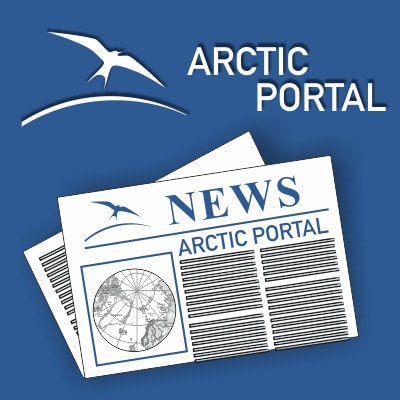International Polar Year projects summary.
Arctic HYDRA
The Arctic System and its hydrology play a central role in regulating Earth´s climate and the impacts of a warming Arctic are already raising serious concerns about the stability of the sensitive balance between climate conditions, freshwater input, oceanic circulation and the state of cryospheric components. The Arctic-HYDRA project consists of a core network for the observation of the Arctic Hydrological Cycle.
Arctic Hydra Project Website
Arctic Observing
The purpose of the Sustained Arctic Observing Network (SAON) is to develop a set of recommendations on how to achieve long-term Arctic-wide observing activities that provide free, open and timely access to high quality data (obtained at the Earth’s surface and from space) that will realise pan-Arctic and global value-added services and provide societal. The SAON promotes coordination, collaboration and communication to develop the recommendations and achieve a lasting legacy of International Polar Year 2007-2009.
SAON Website
AMSA
The Arctic Marine Shipping Assessment (AMSA) is circumpolar in focus and promotes cooperation and collaboration with a wide range of stakeholders and relevant organizations. It recognizes the importance of contributions from the broader maritime community. The assessment should cover all ship based activities and ship types in the Arctic. Also the assessment should cover the geographical area which is defined by the member states.
APECS
The Association of Polar Early Career Scientists (APECS) is an international and interdisciplinary organization for undergraduate and graduate students, postdoctoral researchers, early faculty members, educators and others with interests in Polar Regions and the wider cryosphere. Their aims are to stimulate interdisciplinary and international research collaborations, and develop effective future leaders in polar research, education and outreach.
APECS Website
CBMP
The purpose of the Circumpolar Biodiversity Monitoring Program (CBMP) is to strive for the conservation of biological diversity in the Arctic, to halt or significantly reduce the loss of this biodiversity, and to provide information to the indigenous peoples of the Arctic, other Arctic residents, and stakeholders inside and outside the region on the sustainable use of the region’s living resources.
CBMP Website
Kuuvik River Expedition
The main objective of the International Polar Year 2007 Kuuvik River Expedition was to canoe the Kuuvik River in northern Quebec, traversing a remote Arctic territory between Hudson Bay and Ungava Bay, as an expedition of four paddlers using two wood-canvas heritage canoes, along a classic Canadian Crown geographical exploration route that was mapped in 1896 by the geoscientist A.P. Low. The International Polar Year themes addressed by the project included: “the current state of the polar environment”, “change in the polar regions”, and “the polar regions as vantage points”.
More International Polar Year Projects at the IPY Project Database.
